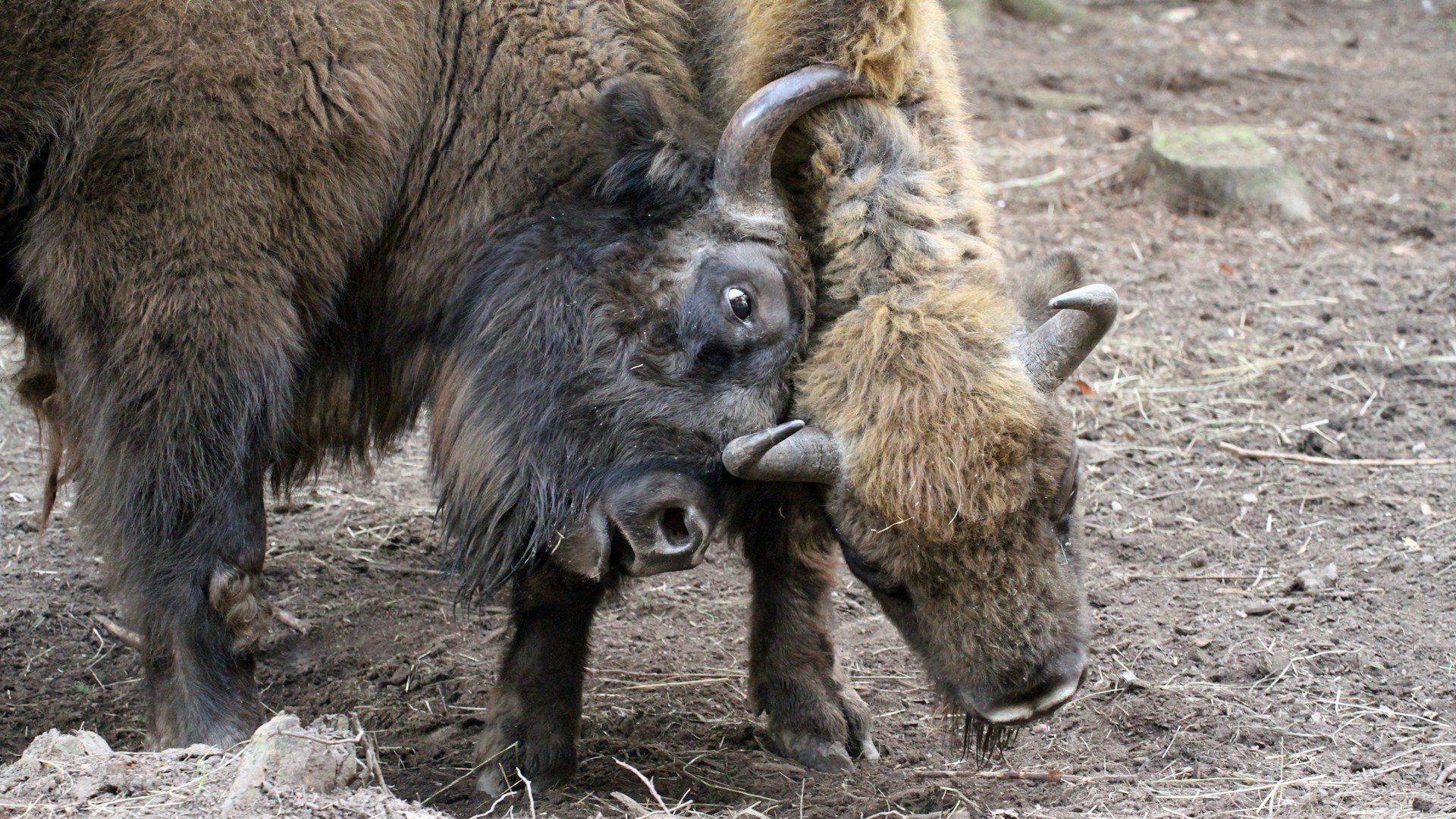Wilder Blean
Restoring keystone species and ecosystem engineers to one of the UK’s largest ancient woodland.

The flagship Wilder Blean project has a pioneering and innovative strategy to restore keystone species and ecosystem engineers to one of the largest areas of ancient woodland in the UK. The return of these species will aim to restart natural processes, creating a dynamic woodland that can support an abundance of wildlife. The mission of the project is to promote stronger and dynamic habitats that are able to withstand the current environmental crisis and support nature recovery in the long-term.
Wilder Blean aims to bring transformational change through a controlled trial with European bison; a missing keystone species that is able to naturally manage woodlands. Other herbivores including horses, pigs and cattle will be reintroduced to the woodland to restore natural processes and create a thriving mosaic of habitats for wildlife. The project will aim to monitor the impact of bison, horses, pigs and cattle on the woodland habitats. This will allow comparisons to be made between the various assemblages, to improve our knowledge of natural processes and the role that larger herbivores have within our woodlands. The project is also linked to the European Endangered Species programme for the European bison run by the European Association of Zoos and Aquaria.
NATURE-BASED ENTERPRISE
The project strategy includes new nature-based enterprises to support on-going funding requirements, provide new education opportunities and to support new jobs. This includes guided nature walks and safaris alongside educational visits. It is anticipated that the project will have a positive impact on local businesses, including hotels, campsites, local shops and B&Bs as a result of increased visitor numbers.
KICK-STARTING REWILDING
Larger fenced areas will allow introduced herbivores to be able to freely move around the project and create a mosaic of habitats. Herbivores to be introduced include low numbers of European bison, Exmoor ponies, English longhorn cattle and Iron age pigs. These will kick-start natural processes within the woodland, creating naturally regenerating areas, clearings and a mosaic of habitats to support an abundance of wildlife. Areas with Bison will be compared with areas for longhorn cattle, ponies and pigs (present in different assemblages), and a no-grazed ‘control area’ to measure impacts.
In addition to this, habitat restoration is proposed including the creation of ponds and the installation of leaky dams on site to encourage water retention and wetter areas.
A BISON-SIZED BOOST
Kent Wildlife Trust is the the first ever beneficiary of our Rewilding Challenge Fund. In 2023 they were awarded £100,000 to rewild tens of thousands of hectares across South East England – connecting a rich range of habitats, creating green corridors for wildlife, and boosting eco-tourism.
future plans
- Continue monitoring biodiversity change, carbon sequestration, soil health, public perceptions and nature tourism in partnership with various organisations
- Monitor the impacts of different herbivore assemblages on woodland habitats
- Introduce low numbers of European bison in 2022
- Consider further reintroductions, such as pine marten and red squirrels

The Rewilding Network
The Rewilding Network is the go-to place for projects across Britain to connect, share and make rewilding happen on land and sea.
More about Wilder Blean
Find out more about Wilder Blean on their website.